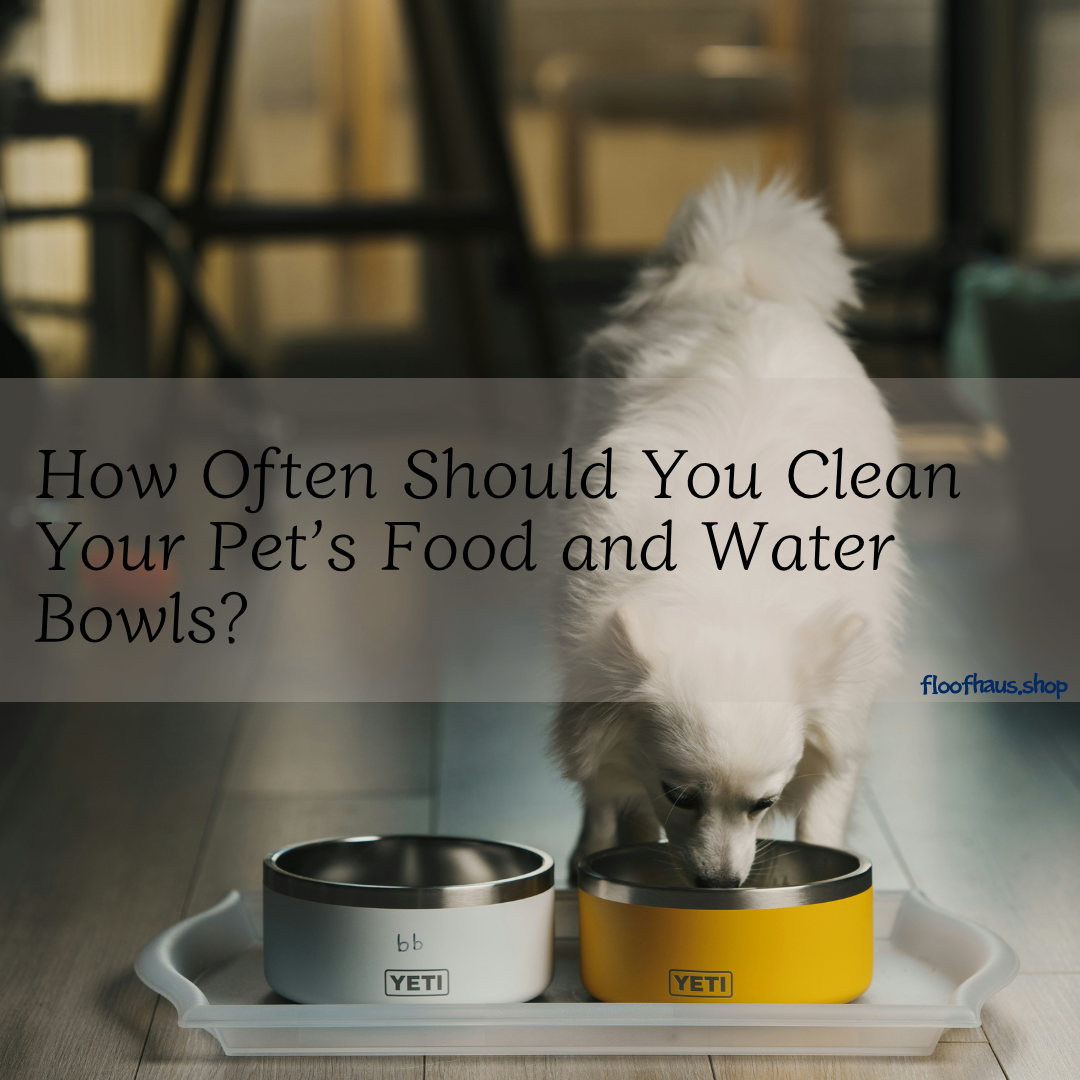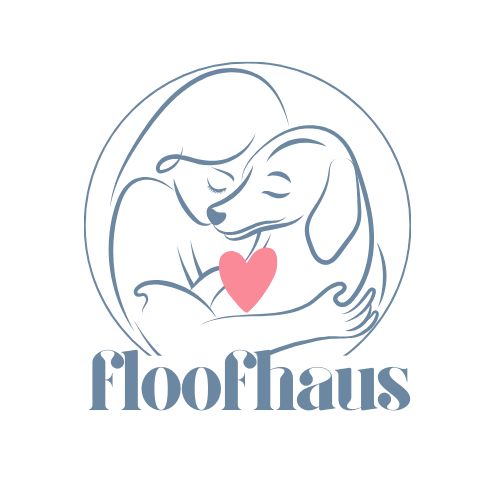
How Often Should You Clean Your Pet’s Food and Water Bowls?
Share

Every pet parent wants their furry friend to stay healthy and happy. But did you know that your pet’s food and water bowls could be one of the germiest spots in your home? Proper pet bowl cleaning is essential for maintaining your companion’s health and preventing harmful bacteria from growing where they eat and drink. Many pet owners overlook this simple part of hygiene, yet cleaning your pet’s bowls regularly is crucial for their well-being.
Let’s explore how often you should clean them, why it matters, and how to do it the right way.
Why Cleaning Pet Bowls Matters
Pet bowls come into contact with food, saliva, and bacteria every single day. When these aren’t cleaned properly, harmful microorganisms like E. coli, mold, and yeast can multiply rapidly. These bacteria can cause digestive issues, infections, and even lead to serious illness if left unchecked.
According to the National Sanitation Foundation, pet bowls are among the top five dirtiest items in a typical household—often worse than kitchen sponges or bathroom sinks. That’s why consistent pet bowl cleaning is more than just a habit—it’s a key part of preventive health care for your pets.
In addition, food residue and stagnant water can produce unpleasant odors and attract pests. Regular cleaning keeps your home fresher and your pets happier.
How Often Should You Wash Your Pet’s Bowls?
The frequency of pet bowl cleaning depends on what type of food your pet eats and how often they eat: :
- Dry food bowls: Clean at least once a day. Even dry kibble leaves behind saliva and microscopic residue that attract bacteria.
- Wet food bowls: Wash after every meal. Canned or fresh food can spoil quickly and harbor harmful bacteria within hours.
- Water bowls: Rinse and refill twice a day, and wash thoroughly once daily to prevent slime buildup (known as biofilm).
If your pet has a sensitive stomach, allergies, or a compromised immune system, it’s wise to clean their bowls even more frequently.
The Hidden Risk: Biofilm
Have you ever noticed a slimy layer inside your pet’s water bowl? That’s biofilm — a sticky buildup of bacteria that clings to surfaces and is extremely resistant to cleaning. Once it forms, bacteria can multiply rapidly, contaminating your pet’s drinking water.
To remove biofilm effectively, scrub the bowl with warm, soapy water and a dedicated dish brush, or run it through the dishwasher on a hot cycle.
The Best Way to Clean Pet Bowls
Pet bowl cleaning doesn’t have to be complicated. Follow these steps:
- Use warm water and mild dish soap. Avoid harsh cleaners like bleach unless you rinse thoroughly afterward.
- Scrub with a separate sponge or brush. Don’t use the same one you use for your own dishes — cross-contamination is real.
- Rinse completely. Make sure no soap residue remains, as it can irritate your pet’s stomach.
- Air-dry or towel dry. Damp bowls can harbor mold or bacteria, so drying is key.
- Sanitize weekly. If your bowls are dishwasher-safe, run them through a hot cycle at least once a week for deep cleaning.
For stainless steel or ceramic bowls, regular washing keeps them shiny and hygienic. Plastic bowls, however, can trap bacteria in tiny scratches — so replacing them every few months is best.
Choosing the Right Bowl for Your Pet
Not all bowls are created equal. The material you choose can impact cleanliness and safety.
- Stainless steel: The most hygienic, easy to clean, and long-lasting option.
- Ceramic: Safe if coated with lead-free glaze, but prone to cracking.
- Plastic: Lightweight and cheap, but scratches easily and holds bacteria.
If you notice your pet’s bowl developing discoloration, cracks, or odors even after cleaning, it’s time to replace it.
Signs You’re Not Cleaning Enough
If you’ve ever noticed your dog hesitating before eating or your cat sniffing the bowl and walking away, it might be because the bowl smells unpleasant or feels unclean. Other red flags include:
- Cloudy or slimy water
- Persistent bad breath in your pet
- Mold spots or residue on the bowl
- Increased stomach upset or vomiting
Pets are more sensitive to smells and tastes than humans, so even a little leftover grime can put them off their meals.
How floofhaus Supports Pet Health and Hygiene
At floofhaus.shop, we care about your pet’s everyday health — right down to the details like food and water bowl hygiene. We offer stainless steel bowls, slow feeders, and water dispensers designed for easy cleaning and long-term use. Many of our bowls are dishwasher-safe and made from non-toxic, durable materials to keep your pet’s dining area spotless and safe.
Pet bowl cleaning = healthy pets. Small changes like daily washing can make a big difference in your furry friend’s comfort and longevity.
Common Myths About Pet Bowl Cleaning
Let’s clear up a few misconceptions:
-
“It’s fine to just rinse the bowl with water.”
False. Rinsing doesn’t remove bacteria or biofilm — it only clears visible debris. -
“Pets don’t mind a little dirt.”
Pets might not complain, but bacteria buildup can silently harm their digestive and immune systems. -
“I clean it when it looks dirty.”
By the time grime is visible, bacteria levels are already sky-high. Consistent daily cleaning is safer.
Final Thoughts
Your pet’s health starts with small, daily habits — and clean bowls are one of the simplest ways to protect them. Think of it as part of your pet’s wellness routine, just like grooming or vet checkups.
By washing food and water bowls regularly, you prevent germs, improve appetite, and show your pet just how much you care.
Because a healthy pet is a happy pet — and that’s what floofhaus is all about.
Sources
American Veterinary Medical Association – Pet Food Safety
